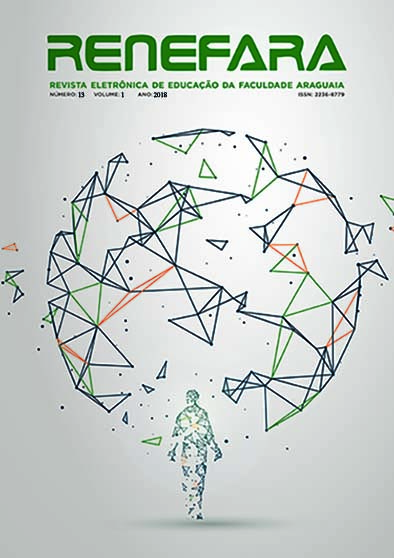ADDITION OF RECYCLED WASTE OF CONSTRUCTION AND DEMOLITION IN THE PRODUCTION OF SUSTAINABLE MORTARS
Keywords:
Waste. Mortar. Sustainable.Abstract
Construction is one of the earliest known activities and since the beginning of mankind has been executed in a craft, generating as by-products a large amount of mineral rubble. This fact attracted the attention of the builders already at the time of the construction of the cities of the Roman Empire and from that time the first records of the reuse of the mineral residues of the civil construction in the production of new works date. The reuse of construction waste entails the reduction of costs in several stages of the construction process due to the optimization of the use of the raw material, the agility that it gives in the design process or purchase of the components, the increase of the productivity and the reduction of the wastes and Of losses. The objective of this research project was the addition of recycled construction and demolition waste in the production of Portland cement grout. After the aggregation was collected, it was crushed and sieved in order to obtain the ideal granulometry for mixing in the grout after the molding of the test specimens and breaking them at the curing ages of seven and twenty-eight days We achieved a satisfactory resistance compared to conventional grout and in contrast the bonus of reducing environmental impacts by the launch of these products in nature. All of these tests were carried out at the Soil Analysis Laboratory at Cajazeiras Campus-IFPB. The procedures will follow ABNT standards: physical indexes, grain size, consistency limits and compaction. Therefore, the utilization of the resources available to the reality of each region becomes relevant, so that abundant and low-cost products can help in the development of technically feasible and ecologically correct materials.
Downloads
Published
Issue
Section
License
The copyright of the published articles will be transferred to the Uniaaraguaia Magazine, allowing its subsequent reproduction as transcription and with due citation of source. In the event of acceptance and before the publication of the article, the plaintiff (s) shall write a statement formally transferring copyright to the magazine.
The author may also print and distribute copies of his article, provided that he mentions that the rights belong to the Uniaaraguaia Magazine.
Author rights include the right to reproduce in full or partly by any means, distribute this article, including figures and photographs.
By submitting originals to the Uniaaraguaia magazine, the author or authors express agreement with the following terms:
a) Authors maintain copyright and grant Uniaraguaia magazine the right of first publication, with the work simultaneously licensed under the Creative Commons Attribution license that allows the sharing of work with recognition of the authorship and initial publication in this magazine.
b) Authors are authorized to assume additional contracts separately, for non-expiration distribution of the work version published in this magazine (eg publish in institutional repository or as book chapter), with recognition of authorship and initial publication in this journal.
c) Authors are allowed and are encouraged to publish and distribute their work online (eg in institutional repositories or on their personal page) to any point before or during the editorial process, as this can generate productive changes as well as increase the impact and citation of published work.

